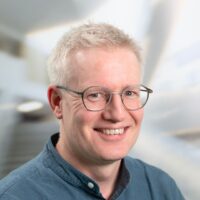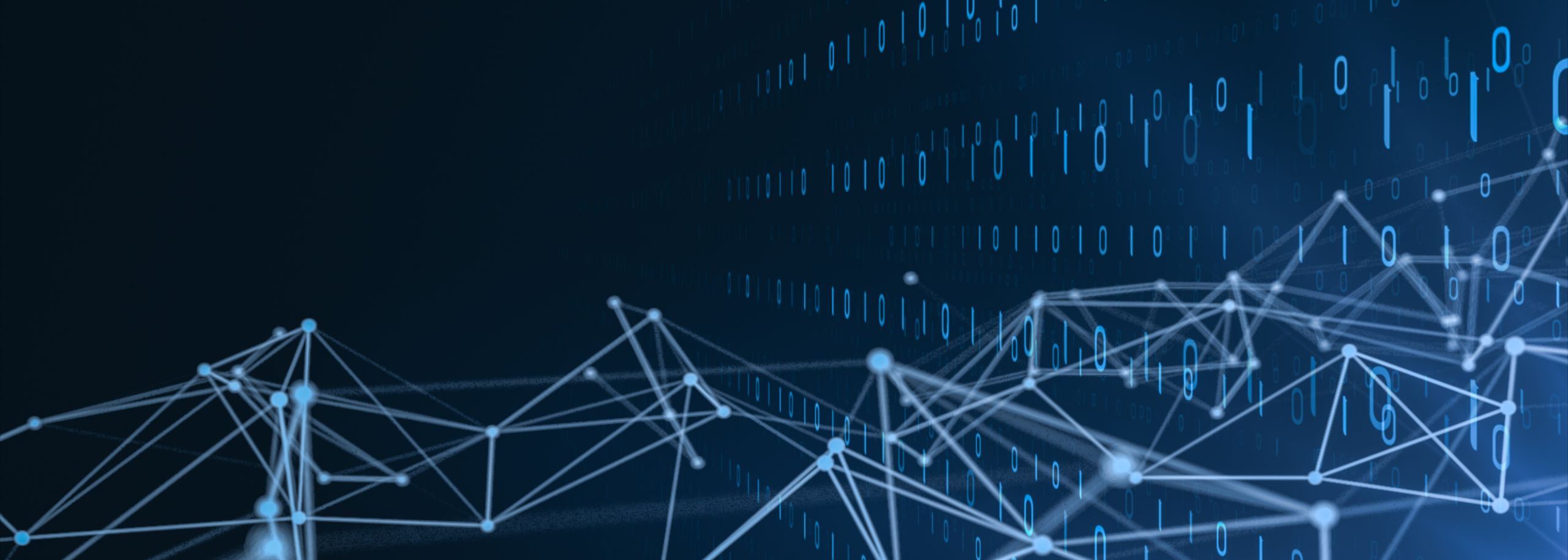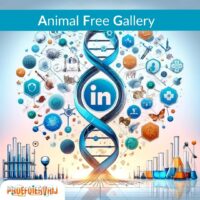Welcome to Drijfveren. Here, researchers share what motivates them to work towards an animal-free future. This time, the spotlight is on Dr. Marc Teunis, who is leveraging AI (artificial intelligence) to replace animal testing in his role as Associate Lecturer of Data Science in Life Sciences & Chemistry at Utrecht University of Applied Sciences. “Research into the harmful effects of substances could be animal-free in about ten years.”

Marc is a biologist by training. He has now been working at Utrecht University of Applied Sciences for twenty years. When he taught himself to program several years ago, a new world opened up for him. He could start building digital solutions for the challenges researchers face, including the development of animal-free research methods: “Animal testing is unpleasant for the animals involved. If research can be done in another way, then we should do it differently.”
Testing substances for our health
Marc combines AI and toxicology. He does this within the Data Science Group, part of the research group Innovative Testing for Life Sciences & Chemistry.
Together with his colleagues, Marc is contributing to a large international project involving scientists who specialize in testing the safety of substances using artificial intelligence. “Before a substance can be brought to market, you need to prove that it does not pose a risk to public health. Currently, animals are often used for this. We are developing an AI tool that predicts whether medicines or other substances are harmful to humans.”
AI as a research assistant
Good news for lab animals, but how does a computer know if a substance is harmful? Marc explains, “You analyze how a substance is composed and express that structure in a series of numbers. These can be input into the computer. Substances that are structurally similar may have comparable effects. It is now impossible for a human to sift through all the research data collected by scientists worldwide. AI can search and compare much larger datasets in a short time.”
All information all the time
Having access to the most up-to-date knowledge at any time is, according to Marc, the future of AI. The tool will not replace researchers but will rather serve in an advisory capacity. “The tool indicates what effects a substance might have and what the most effective test models are for conducting further research. Currently, in toxicology, we still can’t rely entirely on animal-free models such as organs-on-chips and cultured mini-organs, but I believe we can make significant progress in the next ten years. This is not only desirable from an ethical standpoint but also from a scientific perspective: animals react very differently to substances than humans do.”
International network of animal-free pioneers
Marc greatly enjoys collaborating with specialists from around the world. “The field is developing rapidly, and everyone is incredibly passionate. My colleagues and I are always looking for ways to teach our students about AI and toxicology. Being able to involve them in such an international network that is truly pioneering animal-free research is, of course, fantastic.”
Join our LinkedIn group
The Animal Free Gallery is your platform to share successes, exchange knowledge, and network with like-minded professionals and scientists. Together we can make strides towards innovations without animal testing. Join us and celebrate every development towards ethical and innovative research!


